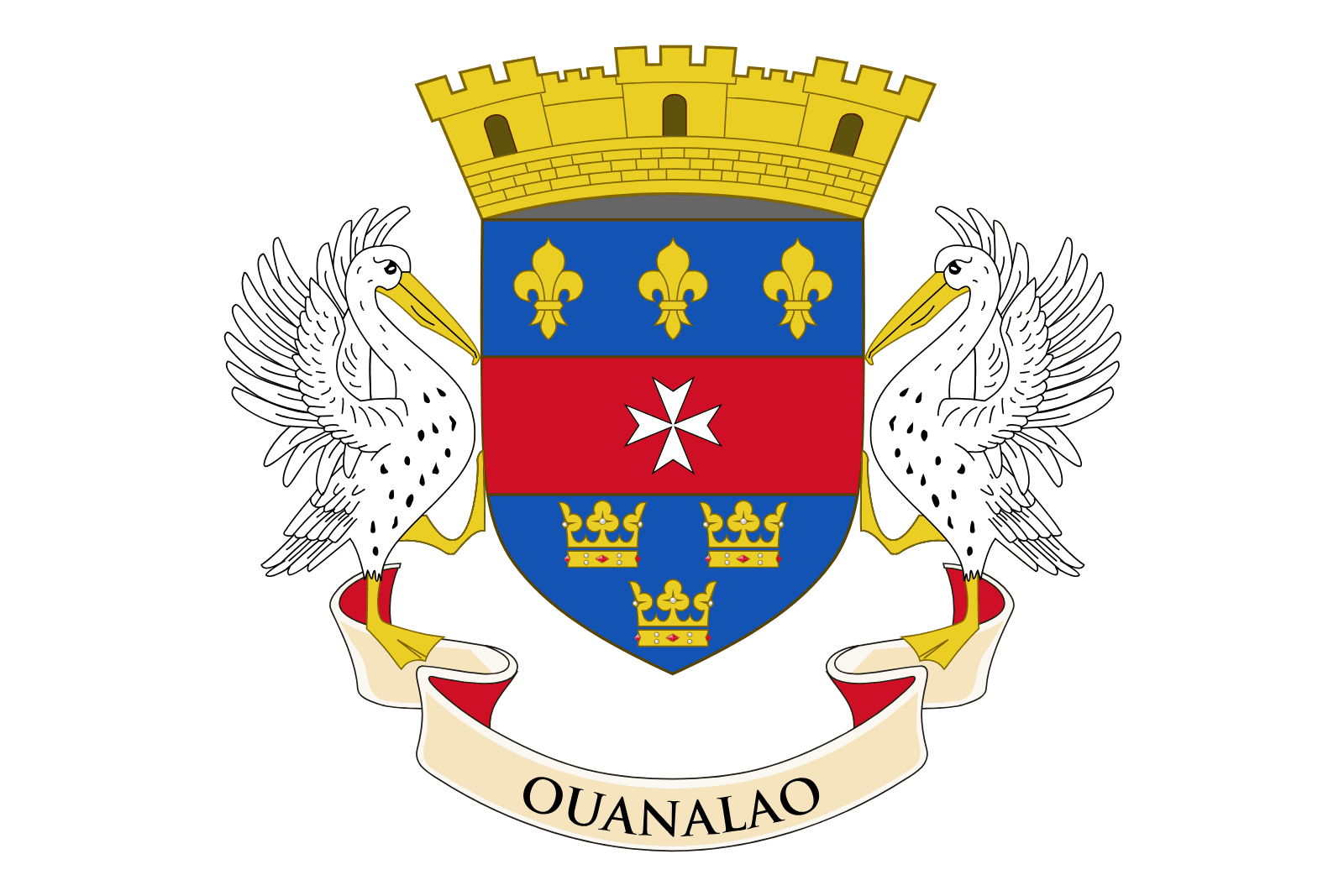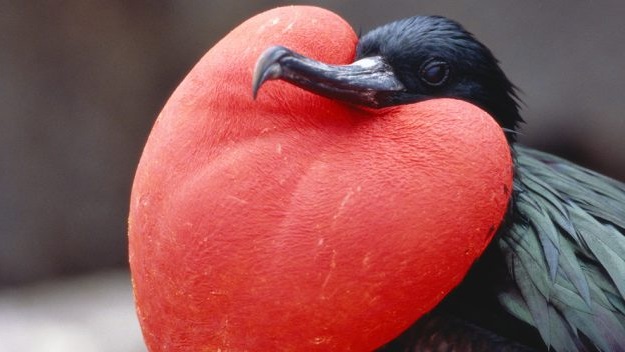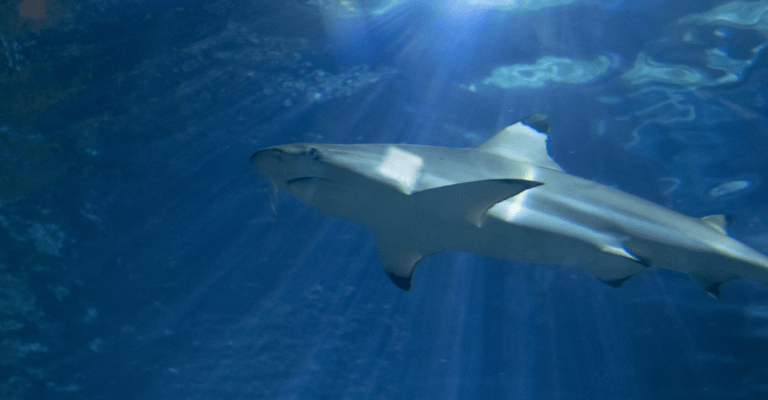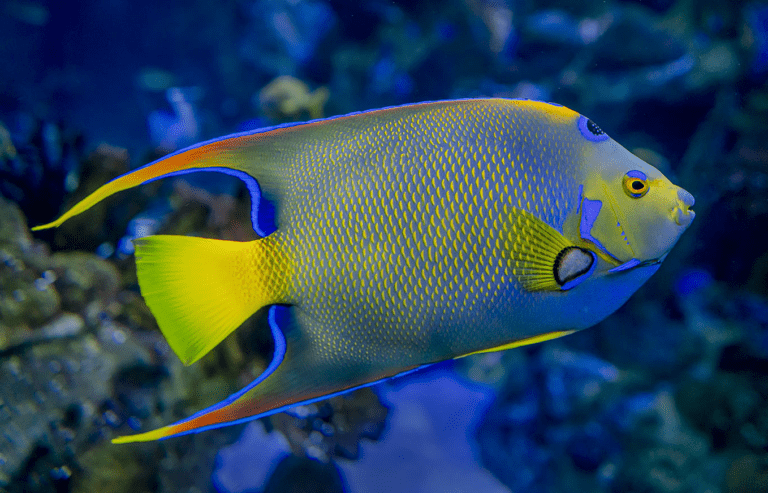Leatherback turtles in St Barth
Leatherback turtles, the largest of all sea turtles, are a fascinating presence in the waters around St. Barthélemy (St. Barths). These majestic creatures, known for their immense size and distinctive leathery shell, are a key part of the marine ecosystem and draw significant interest from both researchers and tourists.
Physical Characteristics and Behavior Leatherback turtles (Dermochelys coriacea) are easily recognizable due to their size, with adults reaching lengths of up to 7 feet and weights of over 1,500 pounds. Unlike other sea turtles, leatherbacks have a distinctive, flexible, leathery shell composed of a mosaic of small bones covered by firm, rubbery skin. This unique shell design allows them to dive to great depths, sometimes exceeding 4,000 feet, in search of their primary food source: jellyfish.
Leatherbacks are remarkable long-distance travelers, capable of migrating thousands of miles between their feeding grounds and nesting sites. Their deep diving ability and tolerance for cold water enable them to inhabit a range of marine environments, from tropical to temperate waters.
Nesting and Habitat in St. Barths St. Barths, with its pristine beaches and clear waters, provides a suitable environment for leatherback turtles, particularly during their nesting season. These turtles prefer sandy, undisturbed beaches for laying their eggs, typically choosing areas that offer easy access to the ocean and minimal human interference.
Nesting season for leatherbacks in St. Barths usually occurs from March to July. During this time, female turtles come ashore at night to dig nests in the sand and lay clutches of eggs, which they cover and leave to incubate naturally. A single female can lay multiple clutches in a season, each containing around 80 to 100 eggs. After an incubation period of about 60 to 70 days, the hatchlings emerge and make their perilous journey to the sea.
Conservation Efforts Leatherback turtles are classified as vulnerable, facing numerous threats that endanger their populations. In St. Barths, conservation efforts are vital to protect these magnificent creatures and their habitats. Key threats include habitat loss due to coastal development, light pollution from beachfront properties, marine pollution, and accidental capture in fishing gear.
Several conservation initiatives are in place to safeguard leatherback turtles in St. Barths. Local and international organizations work together to monitor nesting sites, protect nests, and educate the public about the importance of preserving turtle habitats. Beachfront lighting regulations and turtle-friendly fishing practices are promoted to minimize human impact on these sensitive creatures.
Opportunities for Observation and Ecotourism For visitors to St. Barths, witnessing leatherback turtles in their natural habitat is a memorable experience. Guided tours and educational programs offer opportunities to observe nesting turtles, hatchlings making their way to the ocean, and the general behavior of these marine giants. These eco-tourism activities are designed to be sustainable and minimally intrusive, ensuring that the turtles are not disturbed.
Participating in conservation programs or volunteer efforts is another way for visitors to contribute to the protection of leatherback turtles. Many organizations welcome volunteers to assist with monitoring nesting sites, conducting beach cleanups, and engaging in public awareness campaigns.
Conclusion Leatherback turtles are a vital and awe-inspiring part of the marine ecosystem in St. Barths. Their presence highlights the island’s rich biodiversity and the importance of ongoing conservation efforts to protect these vulnerable creatures. By promoting awareness, sustainable tourism, and effective conservation practices, St. Barths continues to play a crucial role in ensuring the survival of leatherback turtles for future generations to appreciate and admire.








